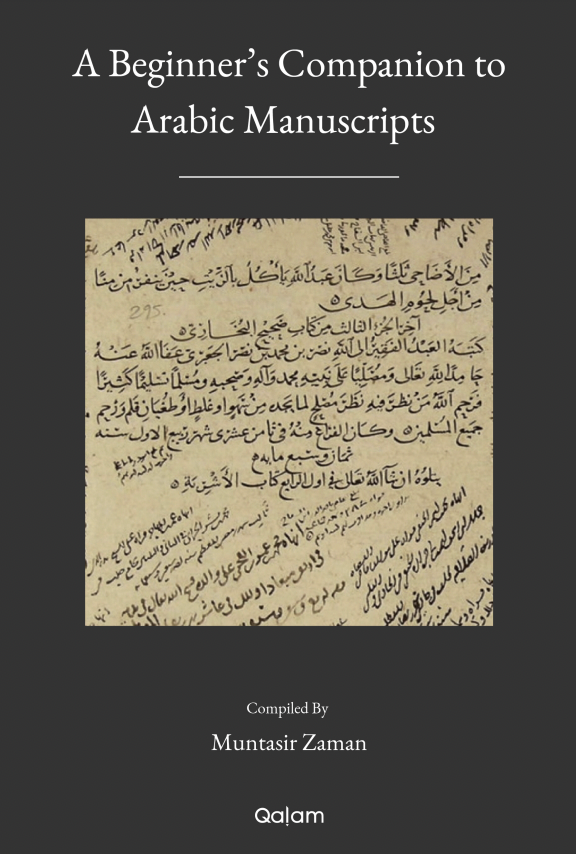
A Beginner's Companion to Arabic Manuscripts
While the invention of the typewriter in the 19th century opened avenues to proliferate knowledge that were hitherto unfathomable, it also led to a host of negative consequences. For one, it created a disconnect between modern readers—who are accustomed to typed writing—and classical handwritten manuscripts, leaving in its wake a generation that struggles to tap into a rich resource of knowledge. Dealing with manuscripts is a science in itself. Therefore, one way to remedy the current situation is to increase exposure to classical manuscripts and study the fundamentals with experts in the field.
Shaykh Ṣāliḥ b. Muḥammad al-Azharī, a seasoned curator at the Egyptian National Library, conducted a ten-day intensive on studying Arabic manuscripts. The intensive was divided into fourteen lectures. It comprised a theoretical exposé of the most important concepts that a student should be aware of when dealing with Arabic manuscripts. With over a decade of professional experience in handling manuscripts, he seamlessly explained fundamental concepts in the field and provided countless practical examples.
The following companion is based on notes that I took during the intensive. By no means are these notes exhaustive nor are they intended to make one an expert on Arabic manuscripts. At most, it is hoped that they can help students develop familiarity with some of the basics of dealing with manuscripts and pave the road for further study. Works like Adam Gacek’s Arabic Manuscripts: A Vademecum for Readers should be consulted by those seeking more detail in English. To make this companion more comprehensive, I added personal notes, illustrations from other manuscripts, and a few excerpts from other sources; my own notes are in square brackets and the excerpts are referenced. All shortcomings and errors are solely mine

